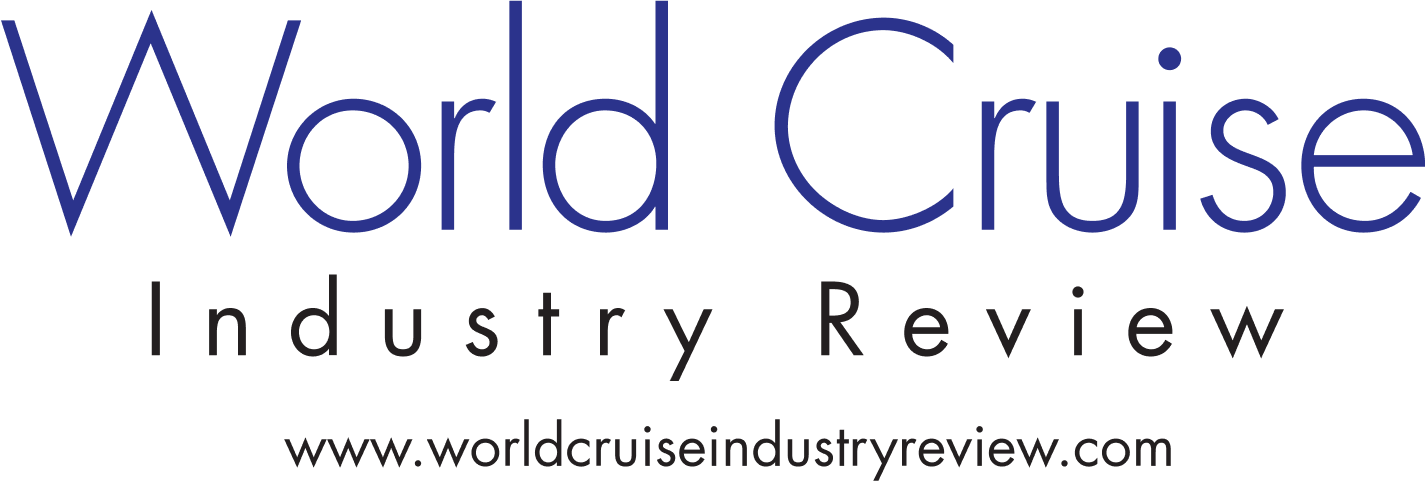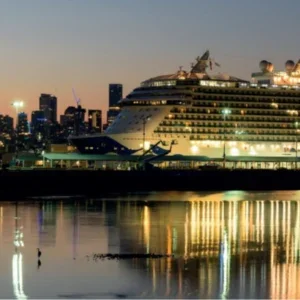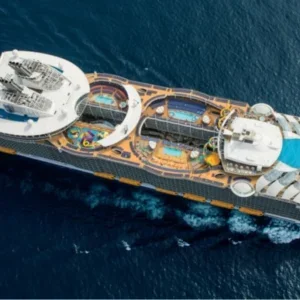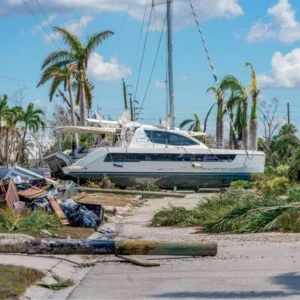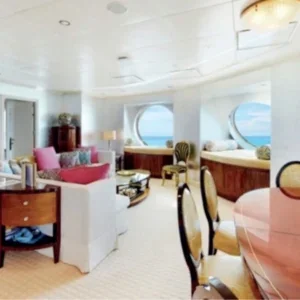In April 2017, Carnival Corporation was handed a record $40-million fine as the Caribbean Princess ‘magic pipe’ case concluded in a US court. It was a humbling experience for the world’s largest cruise operator, which was also ordered to submit 78 of its ships to an environmental compliance programme over the next five years.
After a newly hired engineer blew the whistle in 2013, Caribbean Princess and four other ships were found to be pumping untreated bilge water directly into the sea using an illegal extra pipe, in defiance of environmental regulations. The culprits used clean seawater to overcome sensors and pass inspections, and were found to have been using magic pipes to circumvent requirements since 2005. The fine was the biggest-ever penalty for crimes of deliberate vessel pollution. It included a $1-million payout to the whistleblower, a junior engineer who discovered the pipe when he first joined the ship, disembarked at the next port and reported his concerns to British authorities.
A statement from Carnival-owned Princess Cruises said: “Although we had policies and procedures in place, it became apparent they were not fully effective. We are very sorry that this happened, and have taken additional steps to ensure we meet or exceed all environmental requirements.”
Illegal pipes
Magic pipes are an illegal workaround to bypass a ship’s bilge-water treatment system, which becomes tempting when engineers are asked to meet inspection standards and corporate targets using inadequate equipment on board, and in the face of high costs in port. During the three-year investigation, Princess took action to address the root causes of the incident, upgrading oily-water separators and oil-content monitors on all ships, and implementing extra training, as well as restructuring its fleet operations department to include new leadership with navy and coastguard backgrounds.
Cruise industry expert Stewart Chiron told the Miami Herald that in light of stepped-up efforts to look after the marine environment, there was no reason to assume an “industrywide conspiracy” to pollute the oceans. “[The ocean] is where they live; this is where they make their money. And to not be good citizens on the oceans is just completely contradictory,” he said.
In 2016, while the case was ongoing, CLIA commissioned a report by Energy and Environmental Research Associates (EERA) into global environmental practices and performance in the cruise industry. The report looked into air quality and wastewater management practices to find instances where the industry demonstrated innovation and leadership in technology and operations.
“Cruise industry growth and modernisation represents an opportunity for environmental leadership, relative to other maritime fleets,” the report states. It found that CLIA members were leaders in four areas of wastewater management, including complying with requirements for wastewater discharge, voluntarily using port wastewater facilities in the Baltic Sea, fleet-wide adoption of advanced water treatment systems (AWTS), and following CLIA’s policy of not discharging untreated sewage.
“From a wastewater perspective, CLIA members have ordered at least 26 new builds with AWTs. Based on these numbers, we estimate that at least 47% of newly built capacity over the next ten years will be using advanced wastewater treatments as the chosen type of MSD technology,” the report says. “It should be noted, however, that existing and newly built CLIA member ships without AWTS must still exceed current ARPOL requirements under CLIA’s policy of no discharge of untreated sewage, which is a restriction that goes beyond international requirements.”
Processes and treatment
The report notes: “CLIA members have agreed that all sewage will be processed through an MSD prior to discharge into the ocean, irrespective of distance from shore. Therefore, all cruise-vessel wastewater effluents exceed the standards prescribed by IMO for international shipping.”
It continues, “Additionally, a number of cruise vessels have adopted AWTS…that provide improved screening and separation of solids, biological treatment and ultraviolet disinfection over type II systems. The Environmental Protection Agency (EPA) has noted in Cruise Ship Discharge Assessments that AWTSs are very effective at removing pathogens and eutrophicating substances, oil and grease, metals, and suspended solids.
“AWTS remove volatile organics to levels below detection limits. 17 out of 30 cruise vessels operating in Alaskan waters in 2016 used AWTS to treat wastewater effluents. Of the remaining 13 vessels, 12 did not discharge wastewater into Alaskan waters in 2016.
“EPA data show that effluent from vessels operating AWTS meet or exceed state standards…This data shows that vessels operating AWTS to treat wastewater are highly effective at removing contaminants from wastewater effluents.”
Regarding the Baltic Sea Special Area, where MARPOL Annex IV requires passenger vessels to discharge waste onshore, or treat it to remove phosphates and nitrogen, the report found that “CLIA member vessels operating in the Baltic Sea have voluntarily agreed to meet the spirit of the Baltic Sea Special Area sewage standards ahead of regulation, with all member vessels discharging all sewage ashore when adequate reception facilities are available, as part of the HELCOM no-special-fee regimen.
“In 2014, 11 ports received 90% of cruise calls in the Baltic, all of which are reported via HELCOM to have adequate sewage reception facilities, either to the municipal sewer systems or to tank trucks, as of 2014.”
Findings and compliance
In a summary of key findings, the report was optimistic about the ability of CLIA members to influence the maritime industry and continue to improve wastewater discharge. It noted CLIA members “exceed international standards” in following the organisation’s no-discharge policy for untreated sewage.
New builds were also singled out as a sign of positive change: “CLIA members have ordered at least 26 new builds with AWTS. Based on these numbers, we estimate that at least 47% of newly built capacity over the next ten years will use advanced wastewater treatments.”
In the aftermath of the Caribbean Princess case, compliance has been the aspect of environmental policy most under scrutiny in the industry. Here, the EERA’s findings were reassuring. “Using publicly available data, we find that the cruise industry generally meets or exceeds international and national wastewater quality standards, and rates of non-compliance in the cruise industry are commensurate, or better than, the fraction of all marine vessel activity attributable to cruise vessels,” the report states.
Operators must commit to improving policy, procedures and equipment to meet higher standards. The Caribbean Princess case served as a warning that short-cuts are not worth the cost and will not be tolerated. It’s clear from the CLIA report’s findings that, on the whole, the industry has risen to the challenge.
